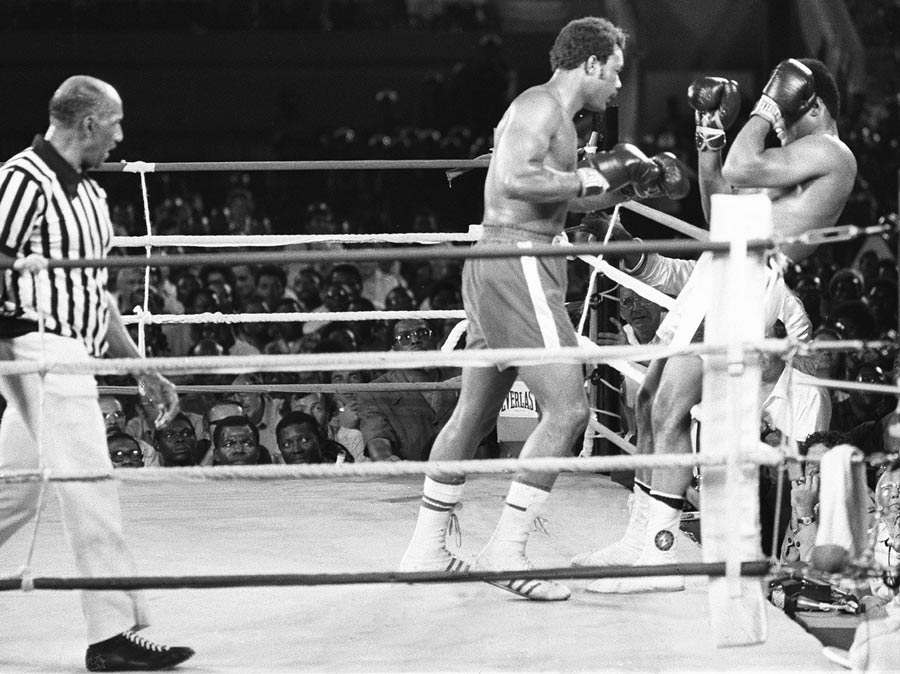Ep. 9: The World's Greatest?
Muhammad Ali is known as “The World’s Greatest,” but not every boxing aficionado agrees. Jonathan Eig breaks down Ali’s three stages of fighting and why his final boxing tactic might have been his biggest mistake.
What really made Muhammad Ali Great? Some say Ali was just a spectacular combination of speed and power, but calling him “The Greatest” is a stretch. The stats CompuBox and I found suggest that punch for punch, Ali wasn’t even close to the greatest boxer. Yet, he’s the most celebrated. Why?
In fact, nobody thought Muhammad Ali was destined for greatness, even when he turned pro. The phrase “float like a butterfly, sting like a bee” was meant as an insult. A.J. Liebling of the The New Yorker wrote it to mock Ali. You don’t fight like a butterfly or bee in boxing; you fight like a tank.
Still, early in his career, the bigger boxers Ali went up against began to show surprise at his skill. Sonny Liston was supposed to shut him down in his first shot at the title in 1964. Liston was a real heavyweight, and Ali was going to get obliterated. The only question was if Ali was going to be just knocked out or killed. As soon as Ali stepped up to the ring, you could see he had a shot. He was bigger than Liston at 6’3” 210 lb. He was younger, faster, and he wasn’t just a kid anymore.
There are three phases to Ali's fighting style over the course of his career. The first phase was from 1960-1966, from when he first stepped in the professional arena to when he was banned from boxing for refusing to fight in Vietnam. In this phase, he’s young, he’s fast, he’s powerful—avoiding punches and outsmarting his opponents.
After Ali was forced to take three years off for evading the draft, he came back a different fighter. This is phase two, from 1971-1976. His fights grew longer, and he didn't win many by knockout.
During this time, Ali coined the rope-a-dope maneuver, where he would go up against the ropes and let his opponents hit him. He would wait for his opening. Sometimes it would be the last minute of a round. But the point was to tire his opponent, then attack.
Source: ESPN.com
Ali took a lot of punishment during this phase. The third and final battle with Joe Frazier, the Thrilla in Manila, was a bloodbath. Ali said it was the closest thing to death he’d ever felt. It was a miracle that either fighter survived.
Then came the third phase - the time when Ali shouldn’t have been fighting. Everything after Frazier #3 shouldn’t have happened. He was taking way more punishment than he was giving. Larry Holmes called Muhammad Ali an idiot. He said that the name of the game of boxing is to hit and don’t get hit, and Ali was a fool to think that he could do it the other way. This was when Ali was in a wheelchair, struggling with Parkinson's. Even after decades out of the ring, boxers are still trying to beat each other up.
Ali will always be remembered as the greatest, or at least one of the greatest boxers, but it was complicated. Boxing is complicated. Its’ two man trying to hurt each other, and damage each other’s brains. Nothing really good can come from that.
Learn more about the technical aspects of Muhammad Ali's boxing career in my book. Preorder your copy through the link below.
